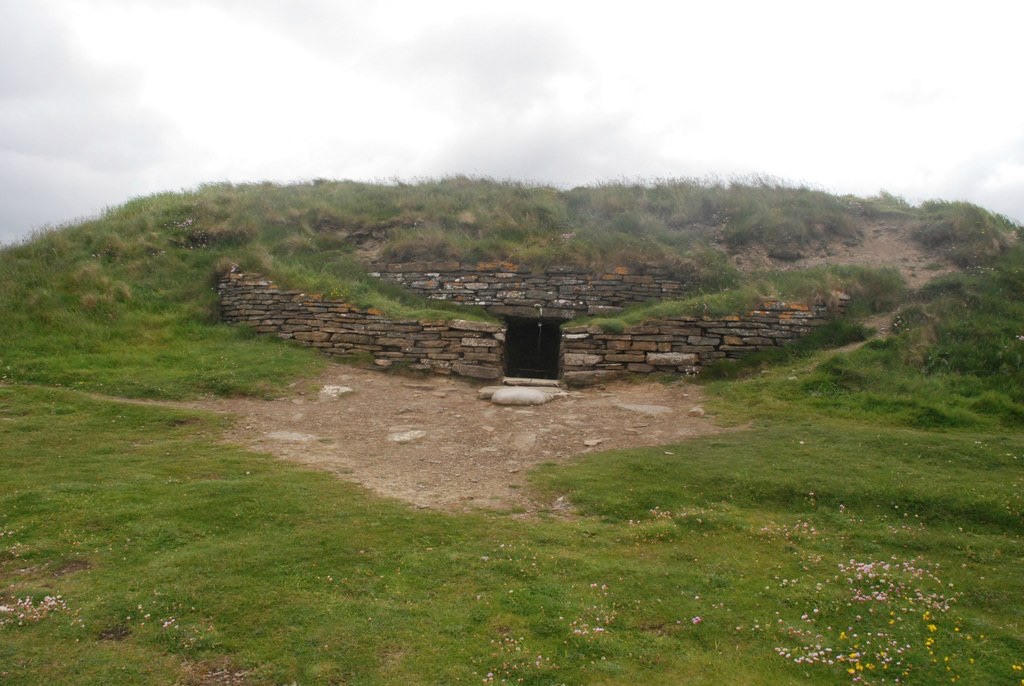The Tomb of the Eagles, also known as Isbister Chambered Cairn, is a Neolithic chambered tomb located on the island of South Ronaldsay in Orkney, Scotland. Discovered in 1958 by local farmer Ronnie Simison, the site dates back to around 3000 BC. It gained its nickname due to the discovery of around 16,000 human bones and 725 bird bones, many of which were from white-tailed sea eagles. This suggests that the eagles held some significance for the tomb’s builders. The site offers a fascinating glimpse into Neolithic life and death, and it has become an important location for archaeological research and public interest.
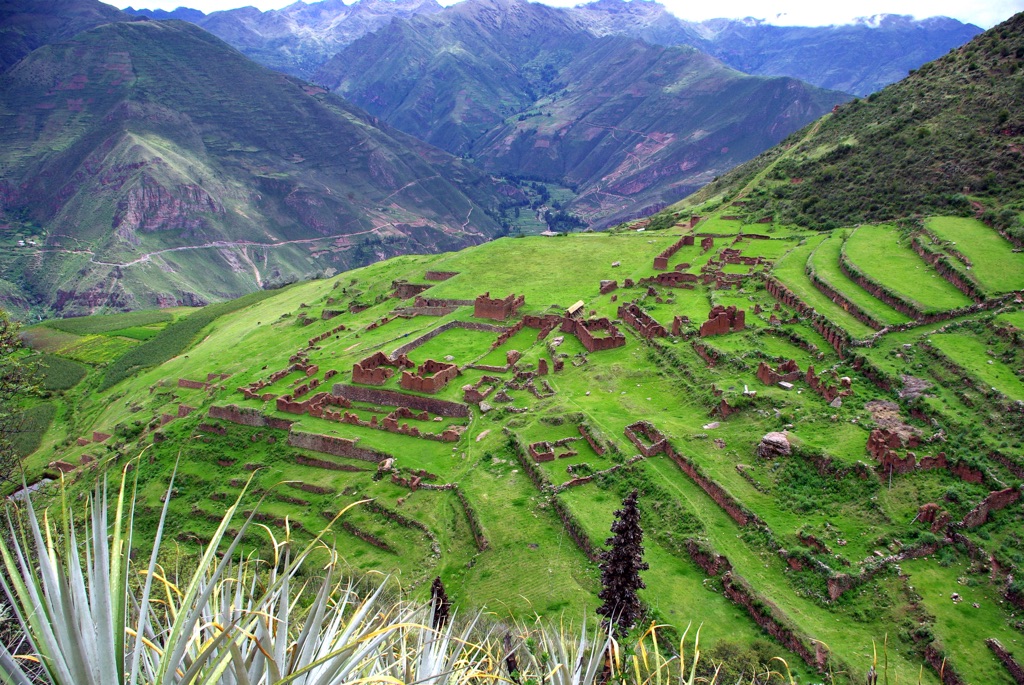
Huchuy Qosqo
Huchuy Qosqo, which translates to “Little Cusco” in Quechua, is an archaeological site in Peru, perched above the Sacred Valley of the Incas. This ancient Incan city boasts a stunning location, with panoramic views of the snow-capped peaks of the Andes. It is believed to have been a royal estate for the Incan emperor Viracocha. The site features a range of impressive stone and adobe structures, including a large kallanka (great hall), residential buildings, and terraces for agriculture. Despite its beauty and historical significance, Huchuy Qosqo remains less visited than the famed Machu Picchu, offering a tranquil glimpse into Inca civilization.
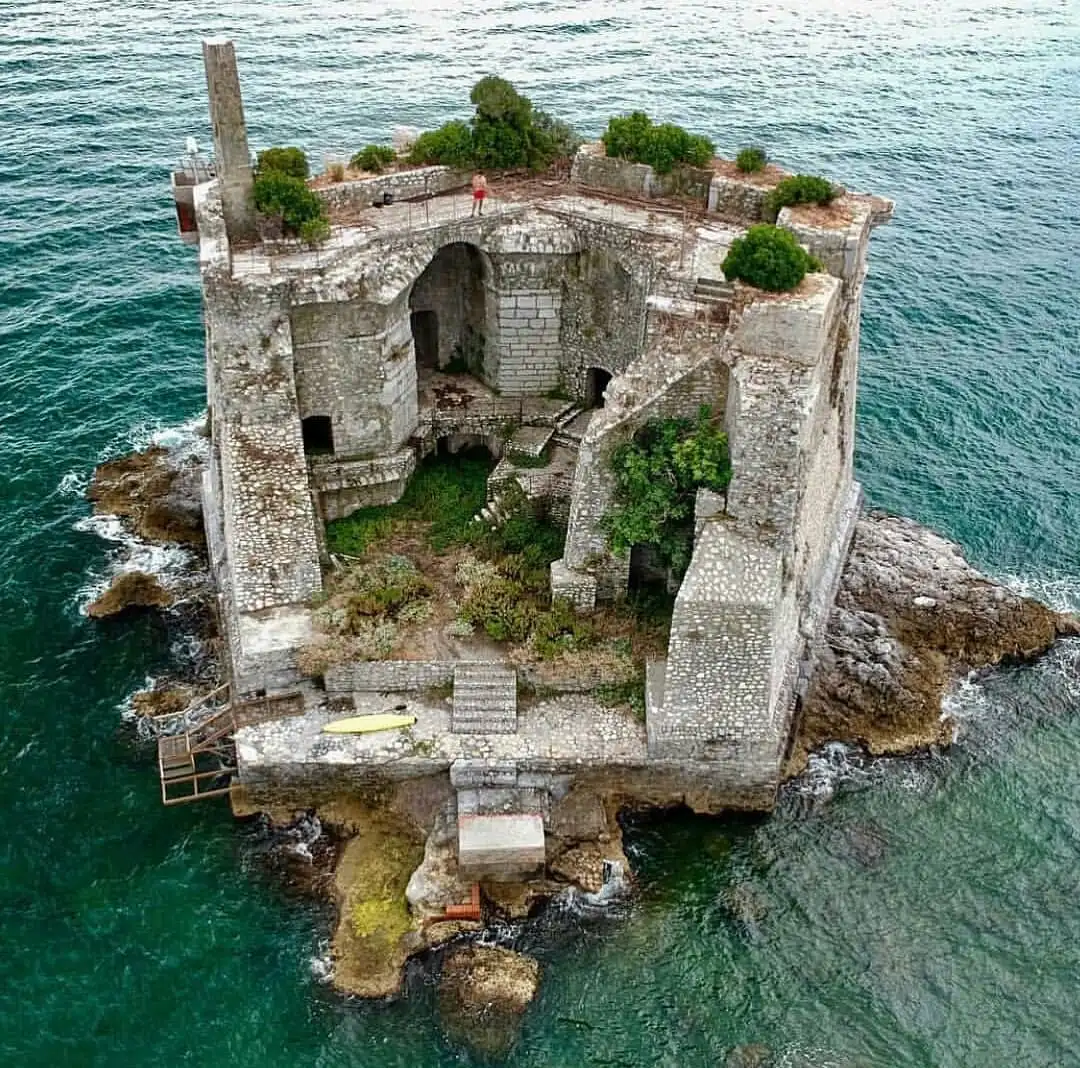
Scola Tower
The Scola Tower, also known as Torre Scola, is a historical watchtower on a rocky cliff in the Gulf of La Spezia, Italy. It stands as a sentinel over the ancient maritime routes, a testament to the region’s strategic importance. Built in the early 17th century, the tower was part of the defensive system of the Republic of Genoa. It served as a lookout and defensive fortification against pirate attacks and naval assaults. Over the centuries, the tower has withstood battles, weathering, and the passage of time, remaining a symbol of the rich maritime history of the Ligurian coast.
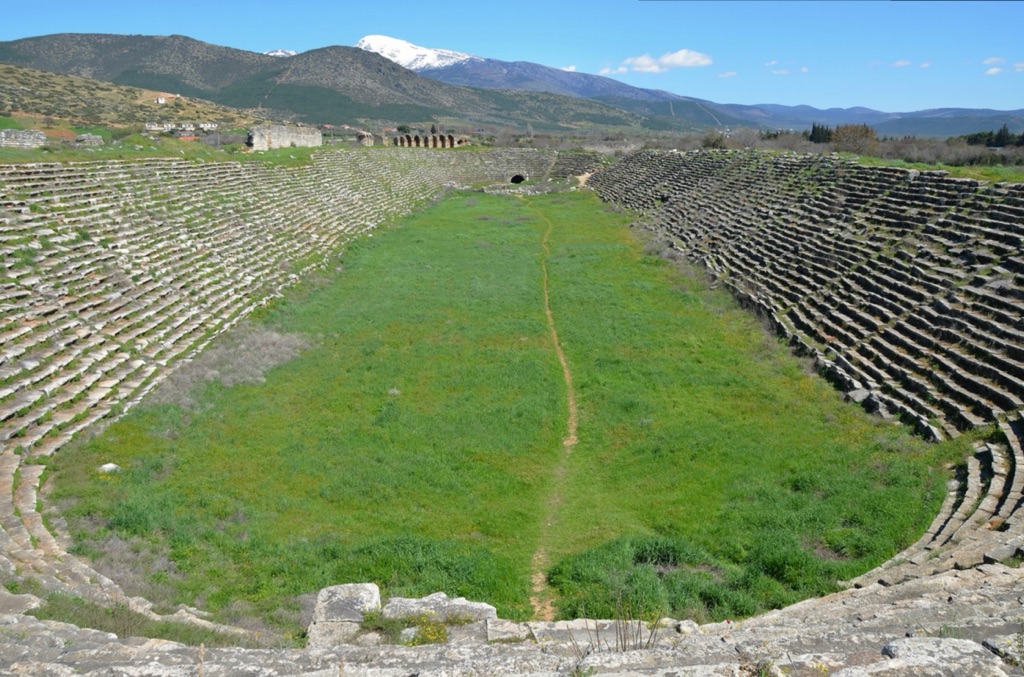
Stadium Aphrodisias
The Stadium of Aphrodisias is a remarkable ancient structure located in the city of Aphrodisias, now part of Turkey. This grand stadium is renowned for its well-preserved state and the insight it provides into ancient sports and entertainment. It stands as a testament to the architectural prowess and social customs of the Greco-Roman world.
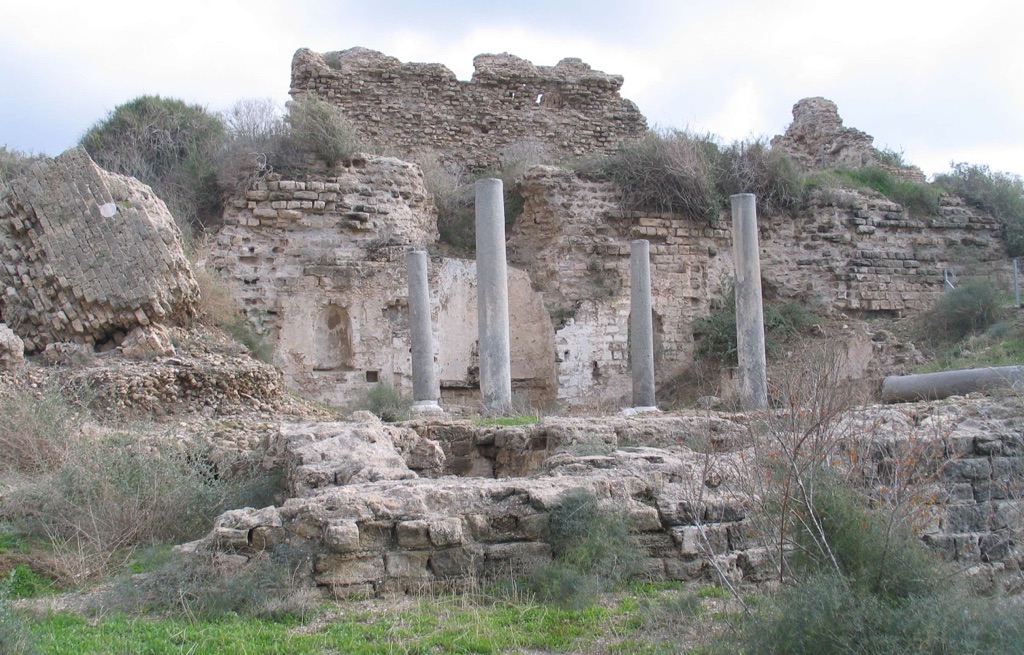
Ashkelon National Park
Ashkelon National Park is a historical gem located on the southern coast of Israel. It encompasses the ancient city of Ashkelon, which has a rich history spanning over 4,000 years. The park showcases remnants from different civilizations, including the Canaanites, Philistines, Persians, and Romans. It’s a treasure trove for archaeologists and history enthusiasts alike, offering insights into the ancient world through its ruins and artifacts.
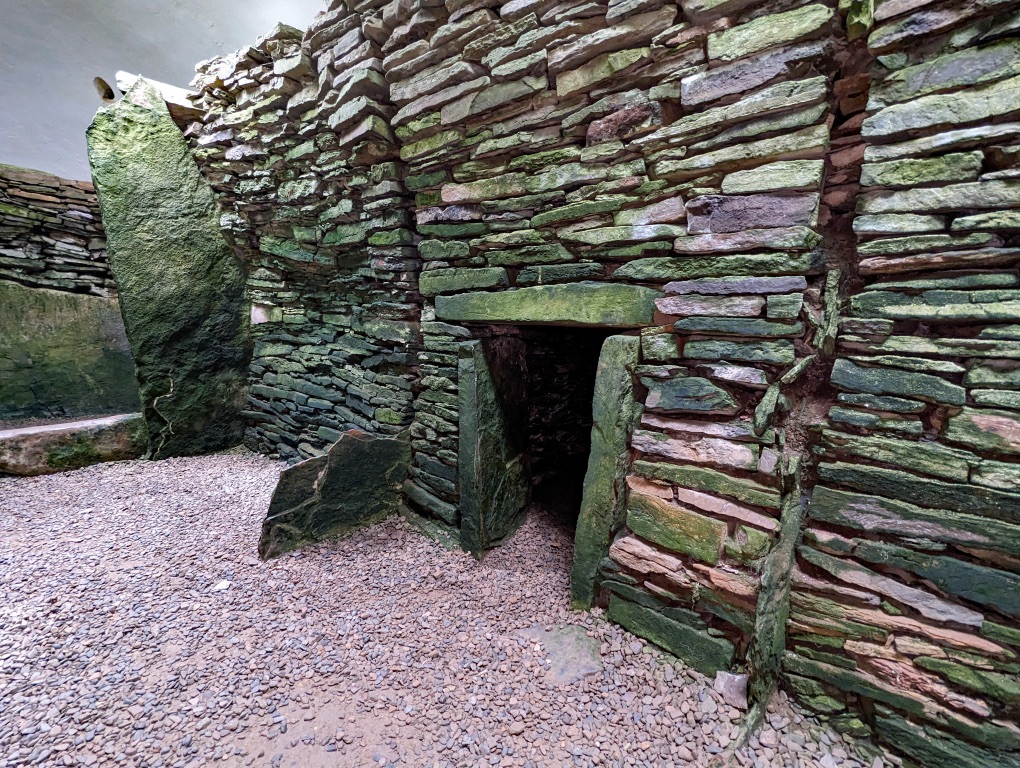
Unstan Chambered Cairn
The Unstan Chambered Cairn is a Neolithic tomb located on the Mainland of the Orkney Islands, Scotland. It’s a remarkable example of the Orkney-Cromarty type of chambered cairn, which dates back to around 3400 to 2800 BC. The cairn was discovered in the 19th century and has since been a subject of archaeological interest. It features a large, round mound with a central chamber and is known for its distinctive architecture and the artifacts found within, including pottery that has given its name to a style of Neolithic ware: Unstan ware. The site offers insights into the burial practices and ceremonial activities of the Neolithic people of Orkney.

